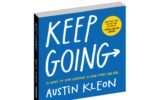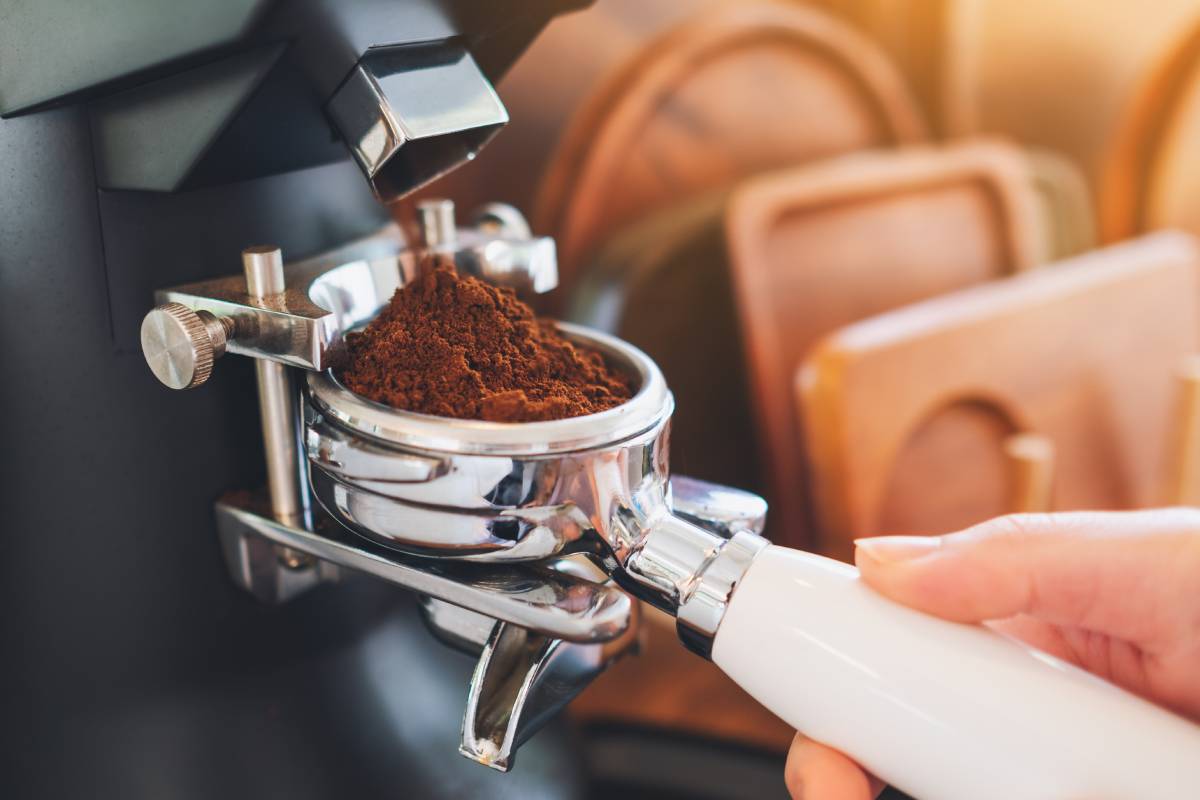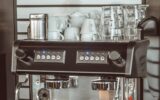For coffee enthusiasts, the journey from whole beans to a perfect cup of coffee begins with the grinding process. Yet, what if you find yourself without a grinder? Fear not! There are various ingenious methods to achieve that coveted freshly ground coffee even without a dedicated grinder.
In this guide, we’ll explore five simple techniques that anyone can use to grind coffee beans at home, along with essential insights into the importance of grind size for different brewing methods.
How Can I Grind My Coffee Beans Without a Grinder?
Coffee lovers know that the secret to a perfect cup lies in freshly ground beans. But what if you don’t have a grinder? Don’t worry; there are still ways to achieve that deliciously ground coffee. Let’s explore some easy methods:
1. Blender or Food Processor
If you have a blender or food processor in your kitchen, you’re in luck. Here’s what you need to do:
- Pour the desired amount of coffee beans into the blender or food processor.
- Pulse the machine in short bursts until you achieve the desired grind consistency.
- Be cautious not to over-process; you want a coarse to medium grind, similar to breadcrumbs.
2. Mortar and Pestle
This traditional method might take a bit of elbow grease, but it’s effective:
- Place a small amount of coffee beans into the mortar.
- Use the pestle to crush the beans gently, applying even pressure.
- Continue grinding until you achieve the desired consistency.
- It’s a slower process but yields a more consistent grind.
3. Hammer and Plastic Bag
If you’re feeling a bit inventive, try this DIY method:
- Place your coffee beans in a sturdy plastic bag, ensuring it’s sealed properly.
- Lay the bag on a flat surface and use a hammer or mallet to gently crush the beans.
- Check the grind periodically to avoid over-processing.
- This method is a bit unconventional but gets the job done in a pinch.
4. Rolling Pin
Got a rolling pin lying around? Here’s how to use it for grinding coffee:
- Place your coffee beans in a sturdy plastic bag or between two sheets of parchment paper.
- Use the rolling pin to roll over the beans, applying firm pressure.
- Roll until you achieve the desired grind consistency.
- It might take a bit of effort, but it’s a simple and effective method.
5. Knife and Chopping Board
If you’re up for some manual labour, try this method:
- Spread a small amount of coffee beans on a chopping board.
- Use a sharp knife to chop the beans finely.
- Gather the chopped beans into a pile and continue chopping until you achieve the desired consistency.
- It’s a straightforward method but requires precision and patience.
How Fine Should The Coffee Beans Be?
Understanding the ideal grind size for your coffee beans is crucial for brewing the perfect cup. Let’s break down the different grind sizes and their corresponding brewing methods in simple terms:
Grind Sizes Explained
1. Coarse Grind
- What it looks like: Coarse grind resembles breadcrumbs or rough sea salt.
- Ideal for: French press, cold brew.
- Explanation: Coarse grind allows for a slower extraction process, perfect for methods where the coffee grounds are steeped in water for an extended period. It prevents over-extraction and produces a rich, full-bodied brew.
2. Medium Grind
- What it looks like: Medium grind resembles sand or granulated sugar.
- Ideal for: Drip coffee makers, pour-over, AeroPress.
- Explanation: Medium grind strikes a balance between extraction speed and flavour. It’s versatile and suitable for various brewing methods, producing a well-balanced cup with clarity and complexity.
3. Fine Grind
- What it looks like: Fine grind resembles table salt or powdered sugar.
- Ideal for: Espresso machines, Moka pot.
- Explanation: Fine grind allows for quick extraction, essential for espresso and Moka pot brewing methods. It creates a concentrated and bold flavour profile, with a rich crema in espresso.
4. Extra Fine Grind
- What it looks like: Extra fine grind resembles flour or powdered sugar.
- Ideal for: Turkish coffee.
- Explanation: Extra fine grind is ultra-fine and powdery, necessary for Turkish coffee, where the grounds are boiled with water. It produces a strong and intense brew with a distinctive texture.
Why Grind Size Matters
The grind size directly impacts the extraction process and, consequently, the flavour and strength of your coffee. Here’s why it matters:
- Extraction Rate: Finer grinds extract faster, while coarser grinds extract slower. Adjusting the grind size allows you to control the extraction rate and optimize flavour extraction.
- Surface Area: The surface area of coffee grounds increases with a finer grind, leading to more efficient extraction. Conversely, coarser grinds have less surface area, resulting in a slower extraction process.
- Flavour Profile: Different brewing methods require specific grind sizes to achieve the desired flavour profile. Finer grinds produce intense and bold flavours, while coarser grinds yield milder and smoother cups.
Finding the Right Grind Size
Experimentation is key to finding the perfect grind size for your preferred brewing method. Here are some tips:
- Start with Recommendations: Refer to brewing guides or recommendations from coffee experts for your chosen brewing method.
- Adjust Based on Taste: Taste your coffee and adjust the grind size accordingly. If it’s too bitter or sour, try a coarser grind; if it’s too weak or watery, opt for a finer grind.
- Consistency is Key: Aim for a consistent grind size to ensure uniform extraction and balanced flavour in every cup.
Grinding coffee beans is an essential step in the journey from whole beans to a delicious cup of coffee. While it might seem convenient to grind an entire bag at once for efficiency’s sake, doing so can compromise the quality of your brew. Here’s why it’s generally not recommended to grind a whole bag of coffee beans at once.
First and foremost, freshly ground coffee beans yield the best flavour and aroma. When coffee beans are ground, they immediately begin to release gases and volatile compounds that contribute to their flavour profile. However, these compounds also start to dissipate rapidly upon exposure to oxygen. By grinding the entire bag at once, you’re accelerating this process, leading to a loss of freshness and flavour over time.

Additionally, ground coffee has a larger surface area compared to whole beans, which means it is more susceptible to oxidation and moisture absorption. This can further degrade the quality of the coffee, resulting in a stale and less vibrant brew, especially if the ground coffee is not stored properly.
Furthermore, different brewing methods require different grind sizes to achieve optimal results in a coffee machine. For instance, espresso requires a fine grind, while the French press calls for a coarse grind. By grinding your coffee beans in advance, you limit your flexibility in adjusting the grind size to suit your brewing method or preferences when using a coffee machine.
Instead of grinding the entire bag at once, it’s best to grind only the amount of coffee you need for each brewing session. This ensures that you’re always working with freshly ground coffee, maximizing its flavour potential. Investing in a good quality grinder and grinding your beans just before brewing can significantly enhance the quality of your coffee experience.
If you do find yourself with excess ground coffee, it’s crucial to store it properly to minimize flavour loss. Transfer the ground coffee to an airtight container and store it in a cool, dark place away from heat, moisture, and direct sunlight. This will help preserve its freshness for as long as possible.
In brief, while it may seem convenient to grind a whole bag of coffee beans at once, it’s not recommended if you’re aiming for the best possible cup of coffee. Grinding your beans fresh before each brewing session ensures maximum freshness, flavour, and aroma, ultimately leading to a more satisfying coffee experience.








